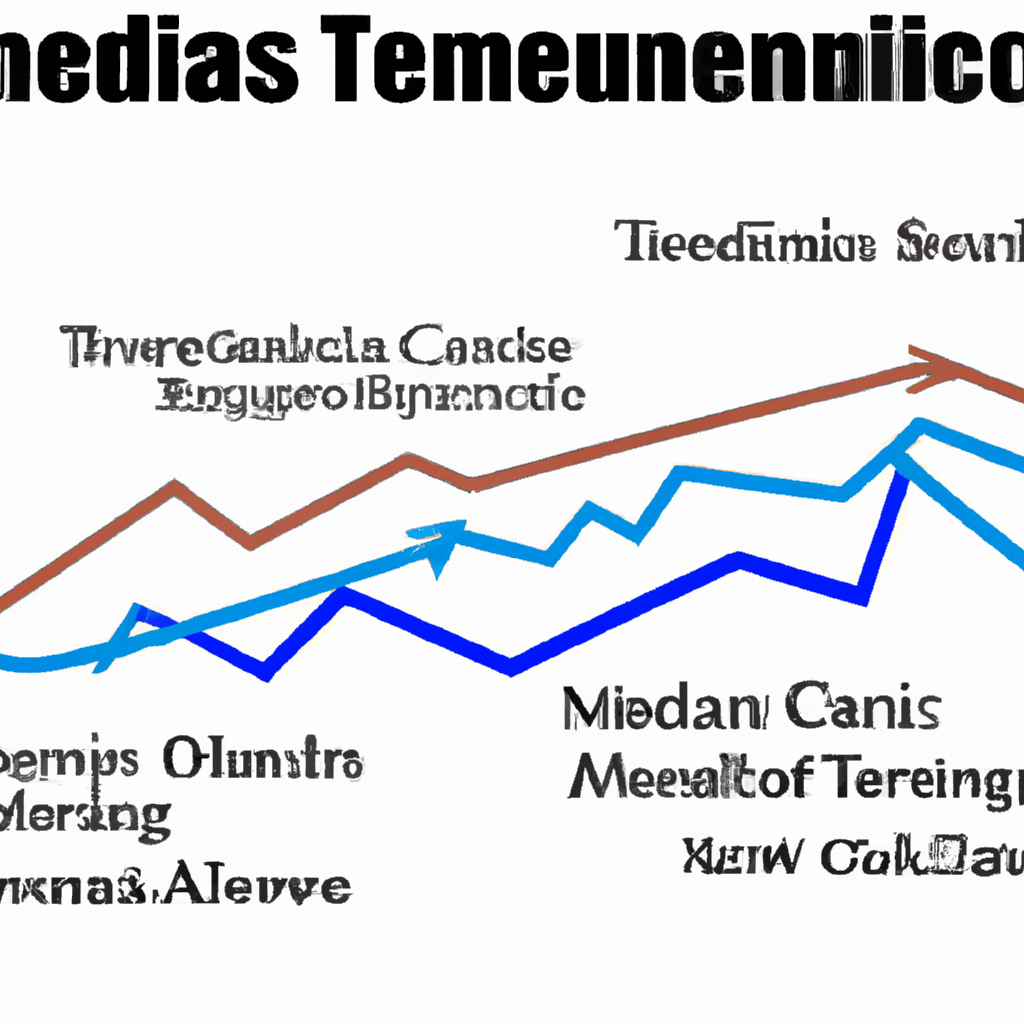Understanding the shopping habits and spending patterns of U.S. households provides valuable insights into the nation’s economic health. This blog post delves into the latest spending trends in the United States and their implications for the economy. Using synonyms to avoid repetition, we explore the consumer behavior that signals economic stability and potential shifts on the horizon.
Insights into Spending Patterns
Spending habits are often a mirror reflecting economic confidence. Recent data suggests a resilient but cautious U.S. shopper, with expenditure on essentials steady while discretionary spending shows more variability. This nuanced consumer behavior suggests an economy facing mixed signals, from low unemployment to the bubbling concerns of inflation.
Online shopping continues to carve a significant share in the market, influenced by a tech-savvy population seeking convenience and variety. Moreover, with the rise of sustainable and ethical consumerism, purchases are increasingly guided by the social and environmental impact of products.
The digital transformation has not only altered where Americans buy but also how they pay for goods and services. Mobile payment platforms and contactless transactions have seen a surge, reflecting a preference for speed and security in financial transactions.
The Resurgence of ‘Buy American’
In a wave of patriotism and sustainability, there is a growing trend among U.S. consumers to purchase locally manufactured goods. This movement both invigorates domestic businesses and responds to global supply chain concerns, potentially leading to more resilient economic conditions within the country.
The preference for homegrown products is also amplified by the desire to reduce carbon footprints, pushing for shorter supply chains and more local economic loops. This sentiment has seen certain sectors, particularly those producing consumer staples, align their strategies to emphasize their American roots.
However, the strength of this trend also highlights vulnerabilities to international trade tensions and can spark changes in the global market dynamics as U.S. consumers increasingly demand domestically produced items.
The Role of Millennials and Gen Z
Millennials and Generation Z are reshaping market trends with their distinctive values and habits. Their preferences are seen as bellwethers of future spending, prioritizing experiences over possessions, and showing a marked preference for brands that align with their ethical standards.
These cohorts are also digital natives, which means they naturally gravitate towards e-commerce platforms, use social media for product discovery, and are more likely to be influenced by online reviews and influencers. Therefore, their buying power is driving changes across retail and marketing strategies.
Their financial prudence, partly shaped by coming of age during economic upheavals, is leading to new patterns of saving and investing, with long-term implications for financial services and the broader economy.
Impact of Economic Policies
Monetary and fiscal policies have a profound effect on consumer confidence and spending. Interest rate adjustments, for instance, dictate the cost of borrowing, affecting everything from home mortgages to auto loans and thus influencing consumer decisions.
Taxation policies and government spending also play critical roles. For example, tax cuts may increase disposable income, while government investments in infrastructure can create jobs and stimulate economic activities.
As policymakers navigate the current economic landscape, their decisions will continue to shape the consumption trajectory and, in turn, the wider economy.
Adaptation of Businesses
Businesses are necessarily responding to these evolving consumer tendencies. Brands are investing in online presence and digital marketing, while simultaneously fine-tuning their logistics to meet the demand for speedy delivery.
Moreover, companies are increasingly being held accountable for their social and environmental impact. As such, corporate social responsibility has moved from a secondary concern to a primary strategy for customer retention and brand loyalty.
The agile businesses that can adapt to these swift changes in consumer preferences will likely emerge as leaders in their respective industries, fostering both economic growth and consumer satisfaction.
Forecasting the Future
The consumer trends today lay the groundwork for tomorrow’s economic narratives. Issues like climate change, technological advances, and geopolitical landscapes will inevitably shape future consumer attitudes and behavior.
Investments in sustainable technologies, circular economies, and renewable resources are predicted to not only appeal to the eco-conscious consumer but also offer long-term economic benefits.
Understanding and anticipating these trends is vital for businesses, policymakers, and investors alike, as they collectively navigate an ever-evolving economic terrain.
Watching the patterns of American buyers offers a glimpse into the economic currents and potential shifts in our society. While prevailing trends point towards a digitally integrated, socially responsible, and experience-focused consumer base, the economy must remain agile to adapt to these changes. Consequently, the ability to understand and respond to these trends is crucial for sustained economic health and prosperity.

